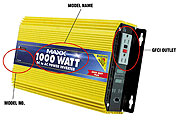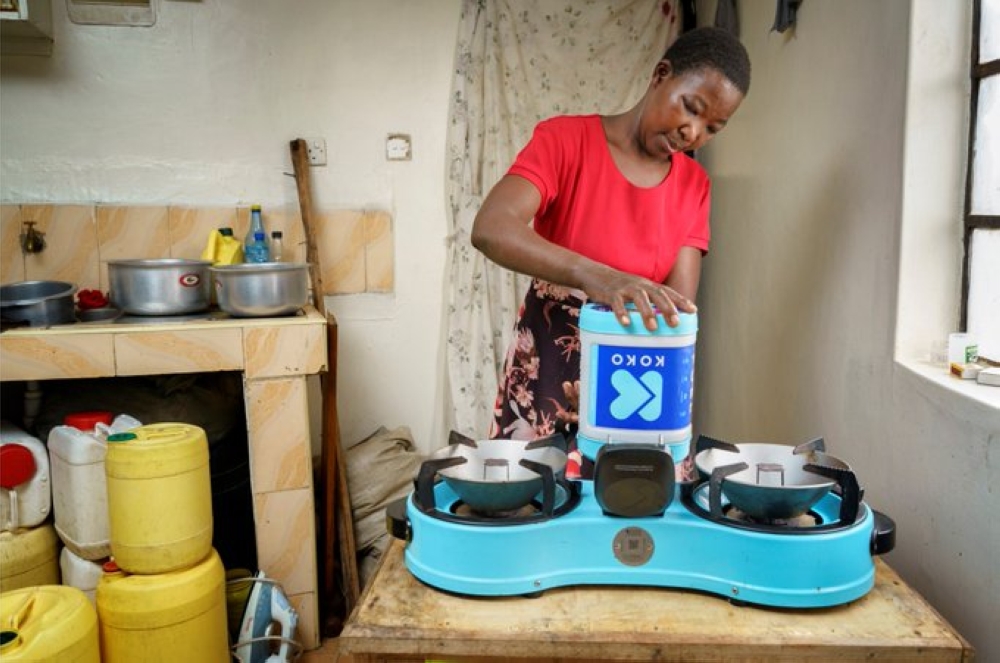Many of you may have seen some electricity consuming devices working even when there was an electrical failure, e.g. computers, TVs, etc. These devices most probably have a backup power source.


Many of you may have seen some electricity consuming devices working even when there was an electrical failure, e.g. computers, TVs, etc. These devices most probably have a backup power source.
I will not indulge into the details of what uses what, but the fundamental of how these various power-backup systems work.
The basic components of the power backup are three devices, via, the battery, inverter and transformer. It is these that store, convert and step up or down the power to a desired voltage ready for consumption.
There are various builds of backup devices, ranging from stand alone Inverters, UPS (uninterruptible power supply); these together with the various generators work hand in hand to avail us with the vital electricity in times of need.
Choosing what to use is a matter of choice for the user; this will depend on the desired output coupled with the availability of the necessary funds.
You can even have a homemade inverter if you are the type that is interested in electronics. A number of circuit designs are easily accessible over a number of sites on the internet.
You could even get the guidelines on doing so. Of recent, the power inverters have become synonymously associated with remote sites off the mains power grids.
We are able to harness power from the sun’s rays (Solar energy), wind power (wind mill), car or tractors’ engines etcetera. In order for such power to be fed into our normal domestic appliances, the power must be standardised to the world electric conventions of 100~120Volts for Japan and America or 200~240Volts for Europe, Africa etc; a device known as an inverter has to be employed.
It should be noted that, most unconventional power generating devices like Solar, wind and Motor vehicle power etc generate and store their power in general purpose Batteries (Accumulators), this power can be consumed right away or deferred for future consumption (where the future is any time from the time of generation).
In most cases, the stored power is consumed in times of no power production, e.g. solar energy produced by day is consumed at night, and power from a car engine is stored and consumed in the homestead, etc.
Most of the household appliances run and operate on the standard 100~120 Volts or 200~240Volts AC (Alternating current), whereas all batteries store and discharge on DC (Direct Current) in multitudes of 6Volts, 12 Volts and 24 Volts; in order for this kind of power to be adapted to the appliances desired input power, this power must undergo a conversion and transformation process. That is when the inverter becomes a handy device.
It is exactly the role of an inverter to invert or convert the direct power (DC) from the batteries or solar panels to an AC current and then step it up to a desired voltage ready for consumption.
In cases where someone captures the available AC power and wants to store it into batteries for future use, one has to employ a battery charger.
(To be continued)
Eddie@afrowebs.com




